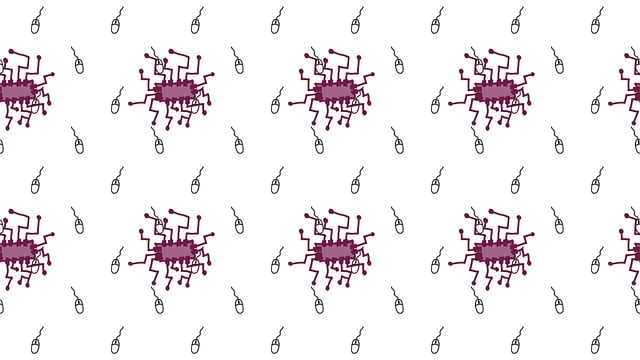Generative AI powers today's advanced AI chatbots, enabling them to create natural text responses based on statistical probabilities from vast datasets. Building an effective AI chatbot involves selecting or developing a robust Generative AI model, leveraging large, diverse datasets for optimal performance. Strategic planning includes defining purpose and target audience, choosing a customizable platform with strong machine learning algorithms like Transformer models, and extensive training on diverse data. Refinement through testing and iterative conversations enhances accuracy, coherence, and context awareness over time.
Building your own generative AI chatbot is an exciting journey into the future of human-computer interaction. This comprehensive guide takes you through the essential steps, from understanding the fundamentals of generative AI and its unique capabilities, to designing and developing a tailored chatbot architecture. Learn how to train and refine your AI companion, ensuring it provides accurate, contextually relevant responses. Discover the art of training data preparation, model optimization, and continuous improvement for an exceptional user experience with your very own AI chatbot.
- Understanding Generative AI: The Foundation of a Chatbot
- Architecting Your Chatbot: Design and Development
- Training and Refining: Bringing Your AI Chatbot to Life
Understanding Generative AI: The Foundation of a Chatbot

Generative AI is at the core of today’s advanced chatbots, enabling them to create content, including text, that appears natural and human-like. This technology goes beyond traditional rule-based systems by learning patterns from vast datasets and generating responses based on statistical probabilities. By understanding user inputs, Generative AI models can produce relevant, contextually appropriate outputs, making them ideal for interactive applications like chatbots.
When building an AI chatbot, the foundation lies in selecting or developing a robust Generative AI model. These models use deep learning algorithms, particularly those based on Transformer architectures, to process and generate text. Training these models requires large, diverse datasets to ensure they can handle a wide range of user queries and provide coherent responses. The more data they are exposed to, the better they become at understanding and generating human-like language.
Architecting Your Chatbot: Design and Development

Building a generative AI chatbot involves carefully architecting its design and development process. The first step is to define the chatbot’s purpose and intended audience. This determines the conversational flow, language models, and response generation techniques needed. You’ll want to consider the type of interactions users will have with your AI, whether it’s customer service, information retrieval, or entertainment.
During development, choose a robust platform that supports customization and integration. This includes selecting appropriate machine learning algorithms for natural language processing (NLP) tasks like text understanding and generation. Advanced architectures like Transformer models can power complex language understanding and context-aware responses. Ensure your chatbot is trained on diverse datasets to enhance its ability to handle various user inputs and cater to a broad audience.
Training and Refining: Bringing Your AI Chatbot to Life

Training and refining are pivotal steps in bringing your AI chatbot to life, transforming it from a basic framework into a sophisticated conversational agent. Initially, you’ll feed vast amounts of data—comprising diverse text corpora, user interactions, and domain-specific knowledge—into the model to teach it language patterns and context. This process, known as training, involves advanced machine learning techniques, including neural networks and transformer architectures, which enable the AI to understand and generate human-like responses.
Once trained, rigorous testing and refinement become essential. Here, you’ll engage in iterative conversations with the chatbot, evaluating its performance against predefined metrics such as accuracy, coherence, and context awareness. This user interaction allows for continuous learning, where the AI chatbot can identify and correct its shortcomings, enhancing its ability to provide insightful and helpful responses over time.
Building a generative AI chatbot is an exciting journey that involves understanding the fundamentals of Generative AI, carefully designing its architecture, and meticulously training it. By following these steps and continuously refining your model, you can create an advanced AI chatbot capable of engaging conversations and providing valuable assistance to users. Remember, the key to success lies in staying informed about the latest advancements in this rapidly evolving field.
